That love story about a lady and her fish may have won the Best Picture Oscar, but everyone knows that the most creatively daring movie of 2017 was Jordan Peele’s Get Out. Since it was released in February of 2017, stories about the making of Get Out have revealed the mastery, thought, and unparalleled genius that went into crafting the one-of-a-kind viewing experience. By blending horror, social commentary, and comedy, Peele made a whole new kind of movie: an intelligent thriller that has the ability to both entertain and enlighten.
If you’re curious about what it was like to make Get Out, you’re not alone. As the movie tallied up hundreds of millions of dollars in box office receipts, fans have wondered about the creative process that brought the film to life. Fortunately, Peele has discussed much of the behind the scenes planning that went into making the brilliant, low-budget picture.
1. The Original Ending Was Pretty Bleak
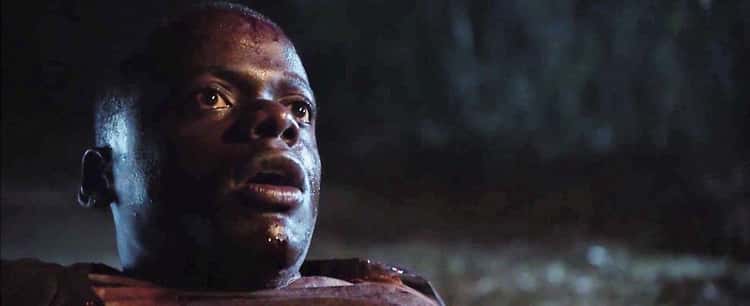
Peele has been quite forthcoming about the original ending for Get Out, and it’s much different than the final cut. While the finished product ends on a somewhat hopeful note, the original conclusion was much bleaker, and arguably more realistic, given America’s track record of police brutality against people of color. During a BuzzFeed podcast about the film, one of the hosts described the original ending:
“There is an alternate ending in which the cops actually come at the end. He gets locked up and taken away for slaughtering an entire family of white people and you know he’s never getting out, if he doesn’t get shot there on the spot.”
2. An Eddie Murphy Joke Inspired The Movie
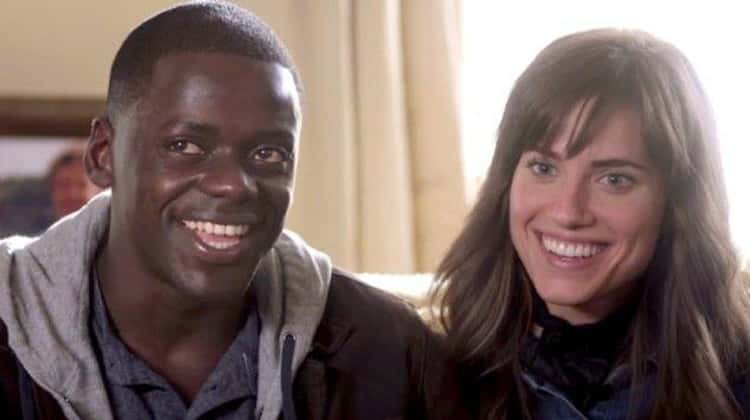
Initially, the thoughtful commentary of Get Out may not seem to have much in common with Eddie Murphy’s style of in-your-face comedy, but there is a connection between the two. Peele has said that an old joke from Murphy’s Delirious standup routine served as one of the inspirations for Get Out. In a key part of the bit, Murphy says, “In The Amityville Horror, the ghost told them to get out of the house. White people stayed in there!”
According to Peele, this was “absolutely” one of his motivations for making the movie. “Eddie Murphy is talking about the difference between how a white family and a Black family would react in a haunted house,” Peele said.
3. Peele Has Two Cameos
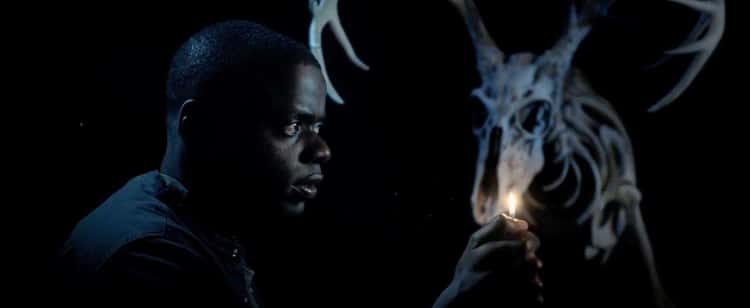
Peele has not one, but two incredibly sly cameos in Get Out. The first is the more obvious; in one scene, Peele appears in a public service announcement for the United Negro College Fund, an organization whose tagline — “A mind is a terrible thing to waste” — has a sinister double meaning in the context of the film.
His second cameo is a voice role, and an unusual one at that. Peele made the sounds of the dying deer who appears towards the beginning of the movie. “That is something that people don’t know, but it is one of my special skills. I didn’t want anyone to know… but now is a good time,” Peele said. “I’m also available for animal noises.”
4. “The Sunken Place” Is A Metaphor For The Marginalization Of People Of Color
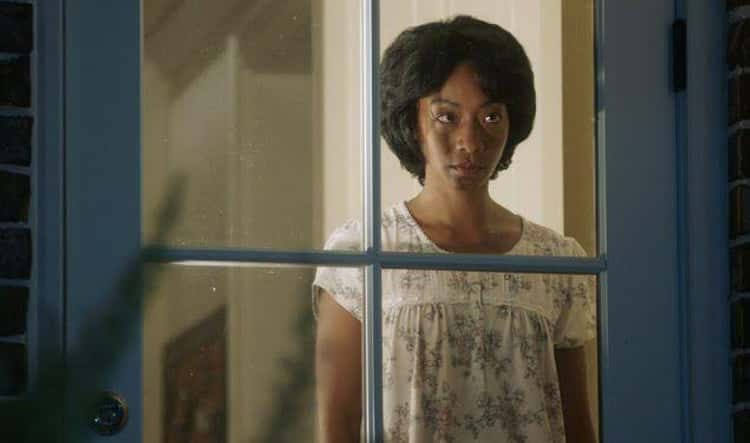
Get Out is brimming with metaphor. The symbolism that has received the most attention is the sunken place, or the brainwashing technique used by the white characters in the movie to steal the bodies of people of color. Peele has said that the sunken place represents the paralysis experienced by Black Americans, who have consistently tried to make their voices heard only to be silenced in one way or another.
It’s also “a metaphor for the marginalization of the Black horror movie audience,” Peele said. Horror movies are almost always about white characters, and Peele wanted to change that.
5. The Film’s Composer Is A Music Teacher Who’d Never Scored A Movie Before
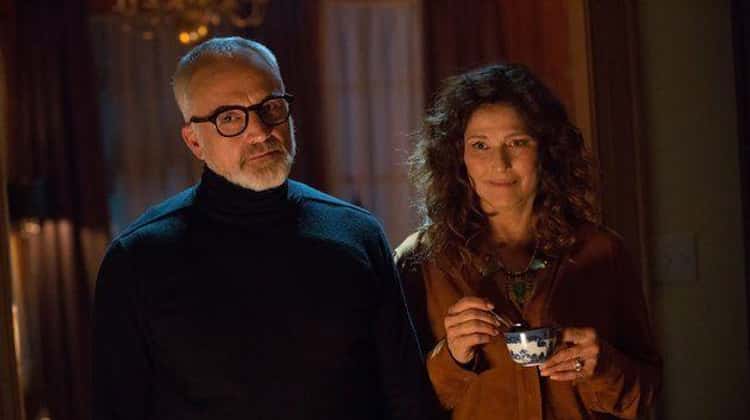
Michael Abels, Get Out’s composer, is a music teacher at a school in Santa Monica, CA. While he’s known in music circles for his bold compositions, he had never scored a professional motion picture prior to signing onto the film. His only experience with film scoring was for a student film he did at USC many years ago. Peele had heard some of Abels’s work on the internet, and sent him the script for Get Out.
“I’ve lived in this town long enough to know that a great script does not always a great movie make,” Abels recalled thinking at the time. “And who’s to know how it will turn out, but there’s never been anything like this and I would love to be a part of it.”
6. An Unlikely Symbol Of White Supremacy Is Referenced In The Movie
Peele incorporated an unlikely symbol of white supremacy into Get Out, though he couldn’t have realized it at the time. In one scene, Rose eats Froot Loops dry while sipping milk through a straw; she never mixes the colors of the cereal with the white of the milk.
Fast forward to several days before Get Out was released. In February 2017, Neo-Nazi protestors shut down an anti-Trump art installation “by spewing hate speech, dancing around shirtless, showing off Nazi tattoos and — yes — defiantly chugging gallons of milk, right from the jug, directly into the camera.” The L.A. Times showed footage of the protest to Peele, which he described as “just creepy.”
7. Daniel Kaluuya Hit It Out Of The Park At His Audition
Peele first took notice of Daniel Kaluuya when he appeared in an episode of the Netflix series Black Mirror. Then, at his audition, Kaluuya hit it out of the park. He particularly impressed Peele with his ability to cry on cue. A master of faux misery, Kaluuya actually produced the same number of tears, falling from the same eye, take after take. Upon seeing this remarkable skill, Peele was astonished. “I retire from acting!” he jokingly declared.
8. Peele Wrote The Script When President Obama Was In Office
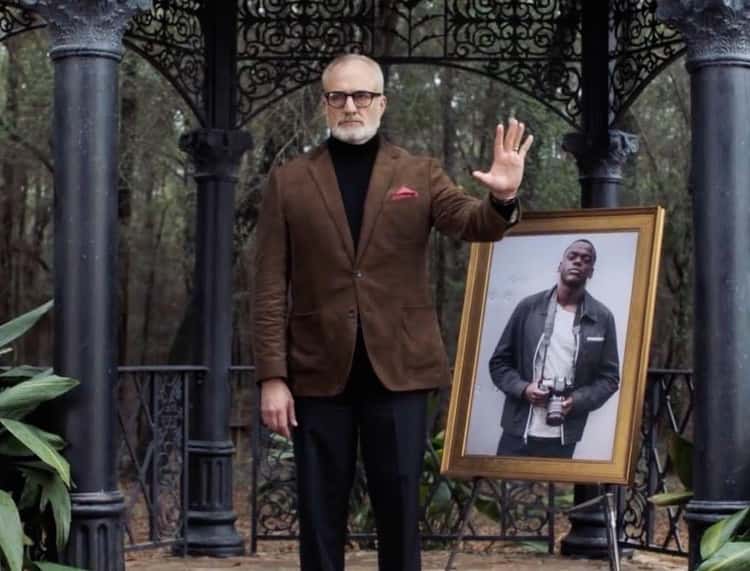
While the timing of Get Out‘s release could not have been more perfect, Peele actually wrote the movie when President Obama was still in office. Peele was interested in making a film about understated examples of racism, rather than the big “message movie” about racism that Hollywood usually churns out.
“Part of the Black identity is the horror of America,” he said. “I thought, what if I didn’t take it to typical type of racism, the white superiority — the Trumpism — but what if it was the other side of that. What if the type of racism that I am exploring is micro-aggression.”
While Get Out may seem like the ideal meditation on Trump’s America (and it is), it is also a commentary on the bigotry that has plagued the nation for centuries before Trump took office.
9. The Entire Movie Was Shot In 23 Days
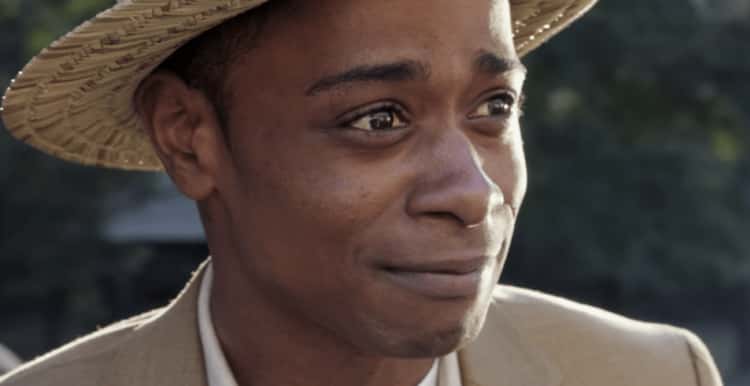
With the runaway box office success of Get Out — not to mention the numerous awards it’s won — you might think that the movie was a giant studio film with substantial financial backing. In truth, the film was shot on a budget of $4.5 million (basically nothing by Hollywood’s standards), which lead to tight production restrictions. One of those restrictions was the shooting schedule; the entire film was shot in just 23 days, proving that sometimes working under pressure can inspire some truly great art.
